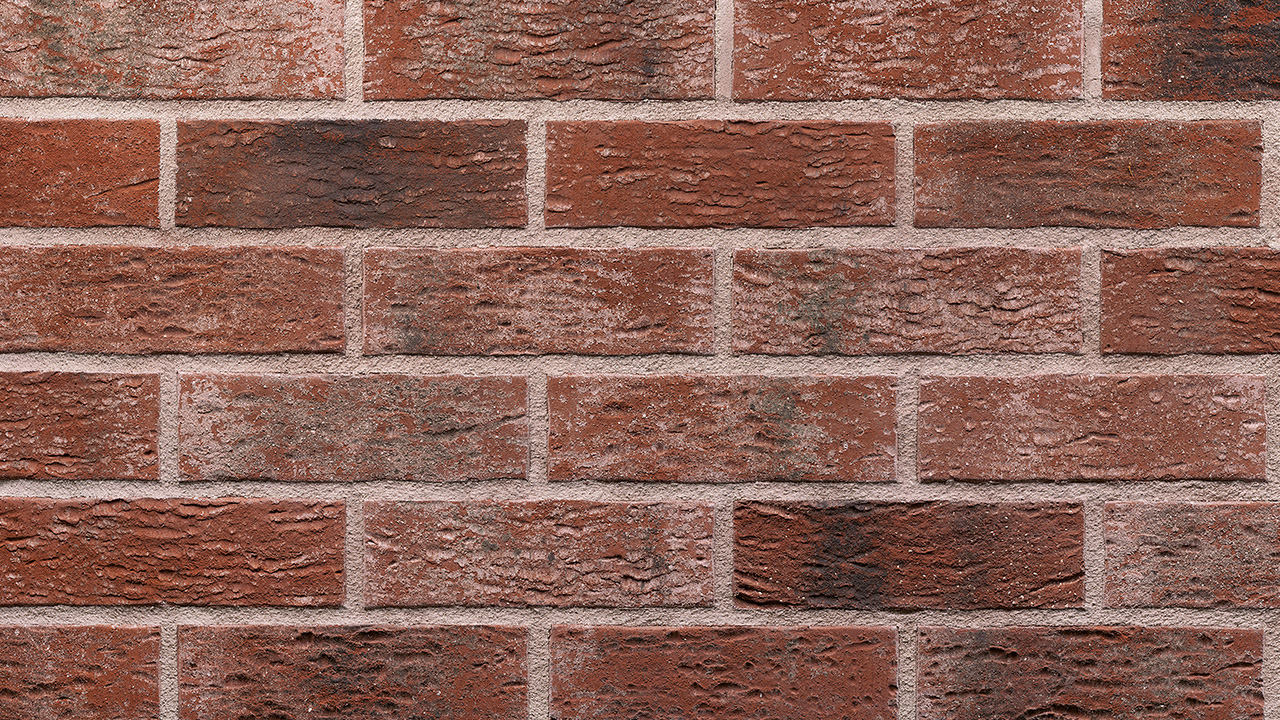Brick has been used as one of the primary building materials in the Netherlands for centuries. The Dutch are renowned worldwide for their innovative brick construction techniques and architectural styles that have stood the test of time.
Early Origins
The earliest evidence of brick construction in the Netherlands dates back to the Roman times when bricks were used by the Romans stationed in what was then the Dutch province. However, large-scale brick production and widespread use began in the 13th century during the medieval period. Early Dutch brick buildings featured simple construction styles and minimal ornamentation. Architects experimented with different bonding patterns and arrangements to learn the strengths and weaknesses of brick as a material. Churches, civic buildings, and houses of wealthy merchants began to emerge showcasing elaborate brick facades and meticulous bricklaying skills.
Golden Age Architecture
The 17th century marked the Golden Age of the Dutch Republic when Dutch Brick architectural styles truly came into their own. Wealth generated from trade, especially in tulip bulbs, spawned lavish new construction projects across Holland. Brick buildings from this era display an astounding level of fine detailing and complex geometrical patterns. Elaborate scrollwork, pilasters, patterns of glazed headers create sensations of movement and texture in brick walls. Churches like Nieuwe Kerk in Amsterdam and town halls like Wethouderstraat exhibit masterful brick craftsmanship representative of the high art and engineering achievements during this period.
Engineering Innovations
To build tall, intricate structures on reclaimed swampland, the Dutch had to pioneer new construction techniques. One such innovation was load-bearing brick vaults which allowed multi-story buildings like warehouses to be constructed without wood or stone.Another key contribution was curtain wall construction where non-loadbearing brick facades hung independenlty from a timber frame.This freed up bricklayers and allowed faster, safer construction of multi-storey structures.The unique engineering allowed the Dutch to maximize valuable urban space and cemented their place as leaders in brick construction globally.
Suburban Development
As Amsterdam and other cities expanded rapidly in the 19th century with population growth, suburban brick villas sprang up catering to the new middle class.Rows of uniform brick houses built side-by-side showcase restrained Neoclassical and Revivalist styles.Clean lines, arched elements, and stucco accents characterize these mass-produced commuter homes.Lackland, Oud West, and other neighborhoods preserve this architectural legacy today transporting visitors back to the elegant yet modest homes of the nouveau riche era.
Contemporary Uses
While concrete and steel dominate modern construction, Dutch builders continue championing traditional masonry techniques.Brick cladding, chunky detailed facades, and old-world textures remain popular aesthetics.Sustainable elements like passive solar design and eco-brick production are successfully blended.Landmark projects like Amsterdam’s Muziektheater and Eindhoven’s Stadhuis show how inventively Dutch architects are reinterpreting classic styles.Meanwhile, restored heritage buildings throughout the country guarantee that the signature red brick structuresUkrainians have come to define Dutch cityscapes are preserved for future generations to admire.
*Note:
1. Source: Coherent Market Insights, Public sources, Desk research
2. We have leveraged AI tools to mine information and compile it




